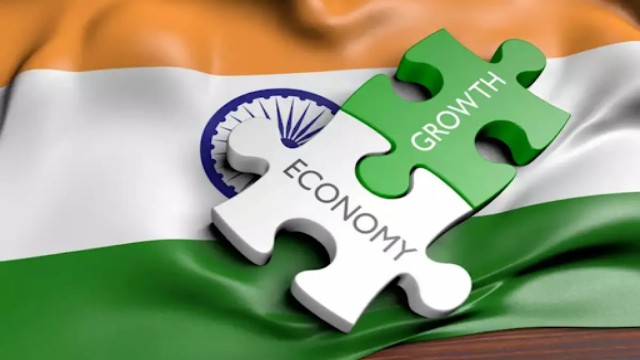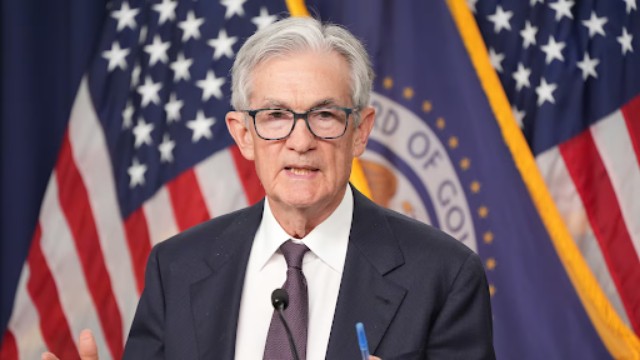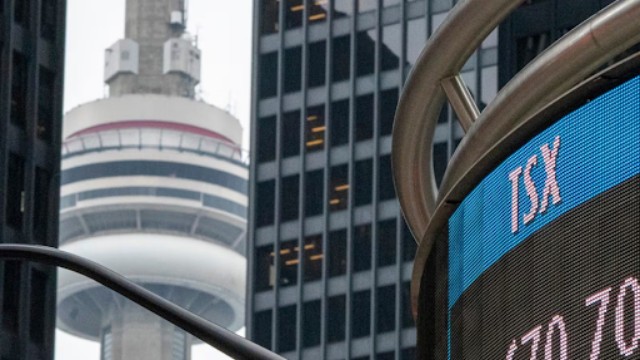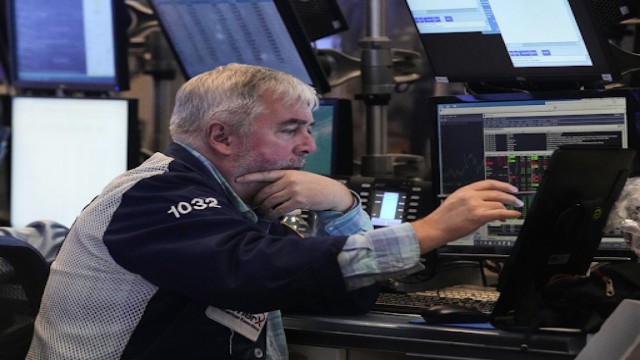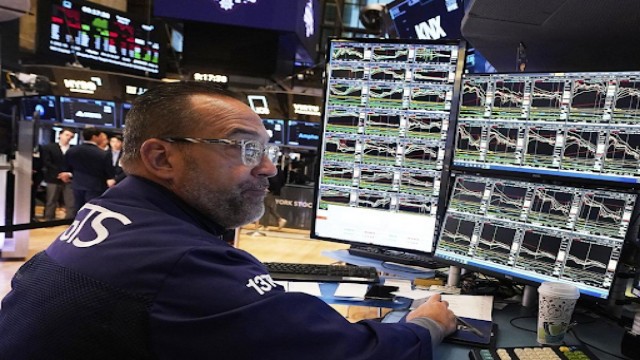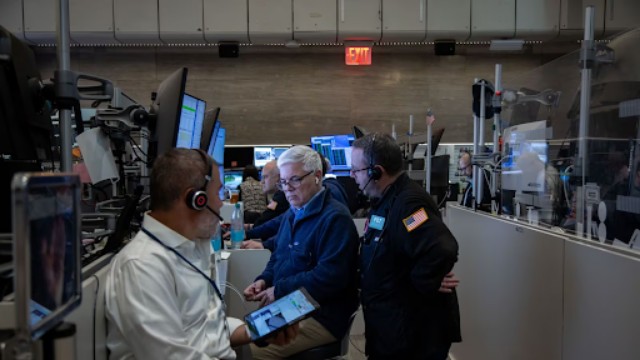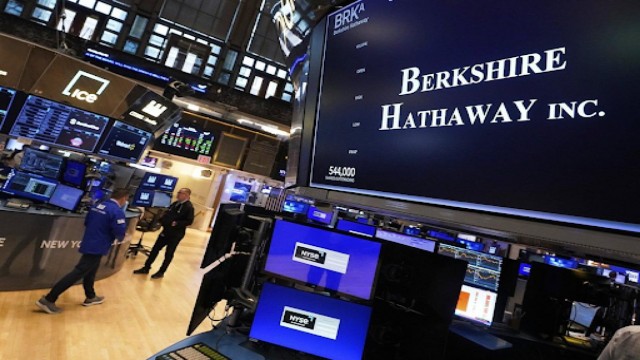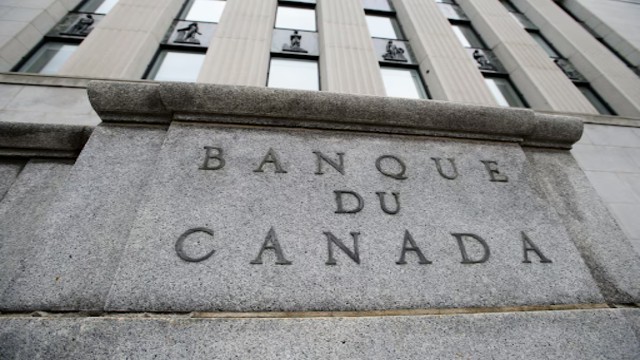
The Sharp Divide Between Canadian and U.S. Interest Rates
The Bank of Canada took a significant step on Wednesday by reducing its benchmark interest rate. Meanwhile, the U.S. Federal Reserve has chosen to hold its rates steady. This decision has widened the gap between Canadian and U.S. interest rates to its largest margin since 1997.
A Historic Interest Rate Gap
According to Doug Porter, chief economist at the Bank of Montreal, this is only the second time in five decades that Canadian rates have fallen more than 100 basis points below U.S. levels. With inflation under control and the economy in need of a boost, Canada has steadily lowered rates since last summer. However, the Federal Reserve faces a different challenge—persistent inflation—which prevents it from making similar cuts.
Canadian Dollar Takes a Hit
This growing disparity has contributed to a sharp decline in the Canadian dollar, which is now worth less than 70 U.S. cents. The Bank of Canada attributed this depreciation to ongoing trade uncertainties and the overall strength of the U.S. currency. The policy rate cut by 25 basis points to 3 percent is intended to support the economy, but it also puts added pressure on the Canadian dollar.
Trade Tariffs Add to Uncertainty
Beyond interest rates, Canada’s economy faces another looming threat—potential tariffs from the U.S. President Donald Trump has signalled plans to impose steep tariffs on Canadian imports, which could take effect as early as February 1. These trade tensions could further weaken the loonie and add economic strain.
What’s Next for the Economy?
Karl Schamotta, chief market strategist at Corpay Inc., warns that interest rate adjustments alone may not be enough to counter the economic shock of new tariffs. He also suggests that the Canadian dollar’s trading range may become even more volatile in the coming weeks.
For now, the Canadian dollar remains under pressure, and the future of interest rates is uncertain. With both monetary policy shifts and trade concerns in play, businesses and consumers alike should brace for potential economic turbulence ahead.



